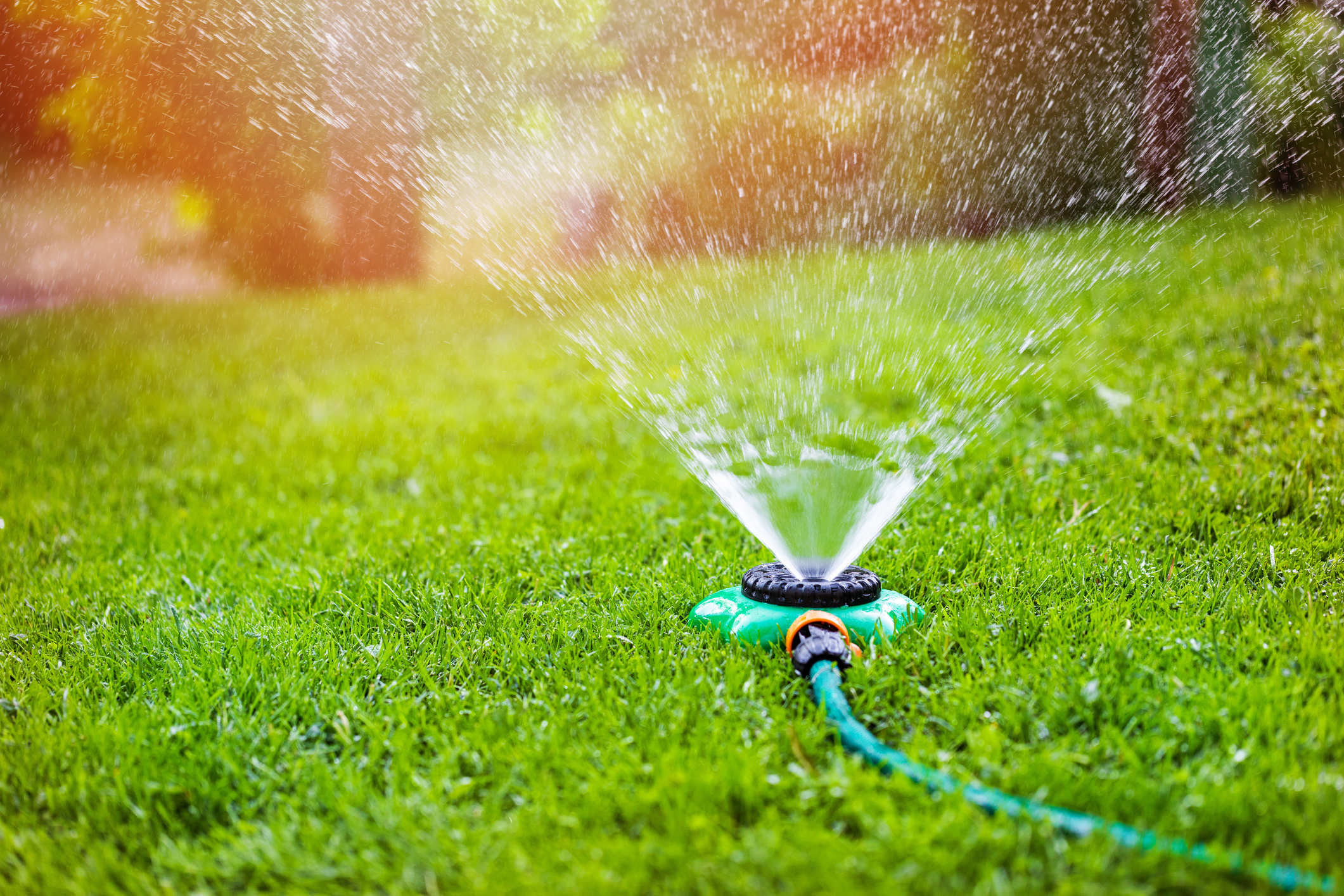K-State extension agent offers tips for reducing water consumption for outdoor plants
As temperatures rise and the time between rains decreases, many homeowners begin to increase the frequency of watering their outdoor plants, and when a whole community of folks engage in watering it can impact both the amount and quality of water available, said Sedgwick County extension horticulture agent Matthew McKernan.
“July, August and September are the peak months for outdoor water use and in a lot of places, up to 40% or more of the municipal water is used for landscaping and irrigation purposes,” McKernan said.
Keeping that in mind and recognizing that water demands are increasing, McKernan added: “Much of Kansas has experienced drought over the last few years and it can have a big impact on our community lakes, ponds and waterways that cannot be refilled with water in just one or two rainfall events.
“As surface water decreases, people turn to groundwater for lawns and gardens and that can lead to water quality issues because water is being pulled from the ground faster than it can recharge.”
To best manage this limited resource, McKernan offers tips on ways that homeowners can use water efficiently when caring for outdoor plants.
“One simple thing that people can do is grouping more drought-tolerant plants together in the landscape so that the irrigation system can water more efficiently,” McKernan said. “A lot of native plants are naturally going to be more drought tolerant.”
For a list of drought-tolerant plants and trees, McKernan recommended people check out these two handouts, which are available online: Water Wise Plant List for South Central Kansas and Drought Tolerant Trees of South Central Kansas.
He also had advice on watering.
“When we irrigate, we want to water slowly, deeply and infrequently,” McKernan said. “It is best to use irrigation systems that deliver water directly to the soil so that the water doesn’t blow away in the wind or evaporate off the leaves. The best time of day to water is the morning.”
He recommends using a drip irrigation system with pressure-regulated emitters so that every hole in the system is sending out the same amount of water, which is different than soaker hoses that tend to put out more water at the beginning of the line than the end.
“Another irrigation option to consider is a smart irrigation system that adjusts the water that is applied based on the needs of the plant and the conditions outside, rather than a set schedule,” McKernan said.
Regarding the frequency of the watering, he recommends limiting it to one to two times/week to enhance root growth.
“By encouraging periods of mini drought, the plants will grow their roots deeper into the ground allowing them to naturally withstand longer periods of drought,” McKernan said.
The pace of the water absorption will vary depending on the soil type.
“Most of the water waste in irrigation occurs when we are watering too much and the water is running off the surface because the soil can only absorb so much water in a given amount of time,” he said.
To keep this water waste from happening, he recommends watering in zones for shorter periods of time and then rotating back through once the water has been absorbed.
McKernan said these are just a few ways that people can be good stewards of the water resource. “We all have an opportunity to do better with how we manage our water use, especially in times of intense drought. By working cooperatively together to use water wisely, we can make sure that water is available for everyone.”
PHOTO: Garden sprinkler watering grass at home backyard (iStock – ronstik)




